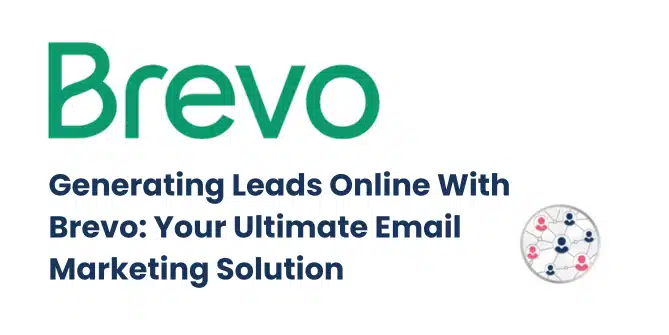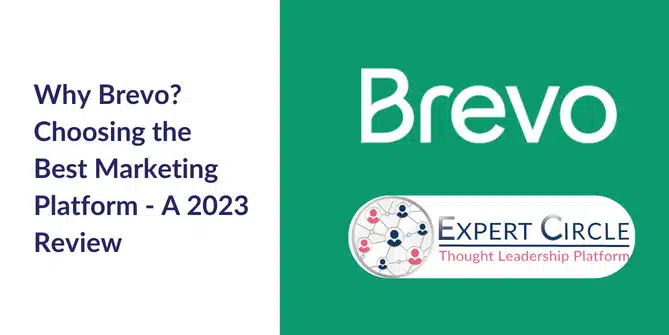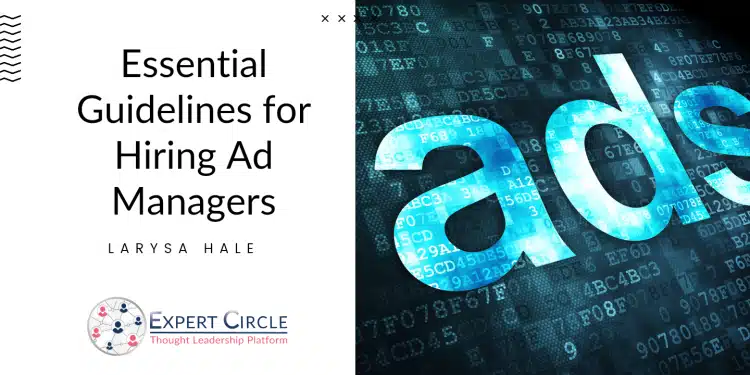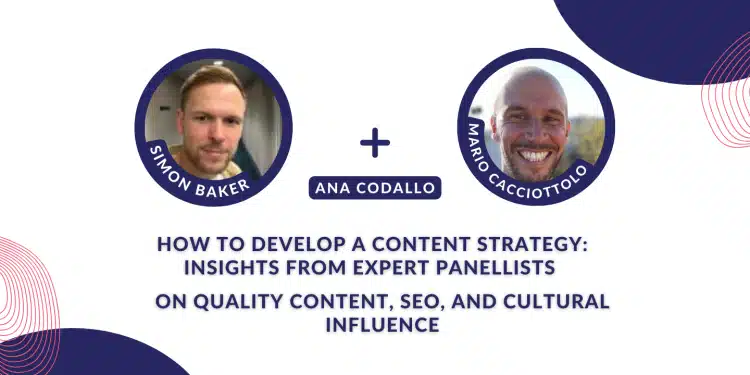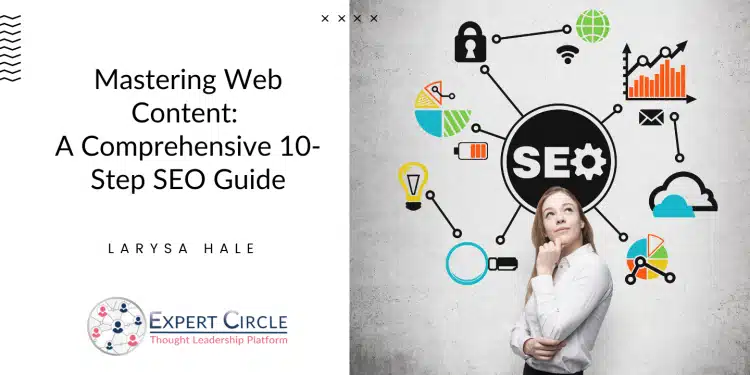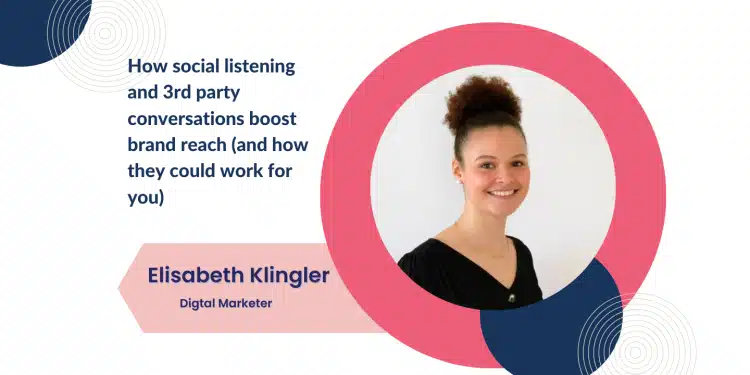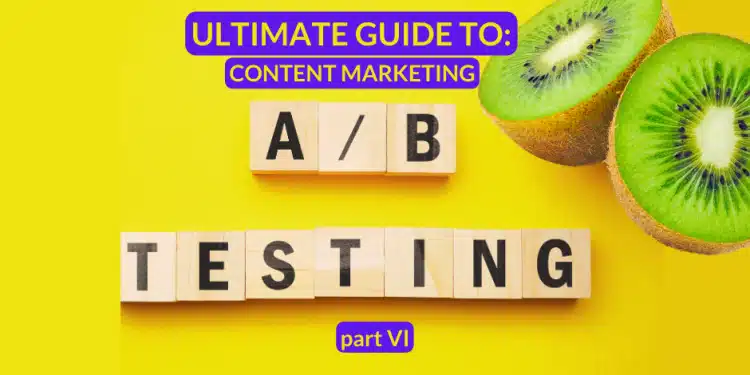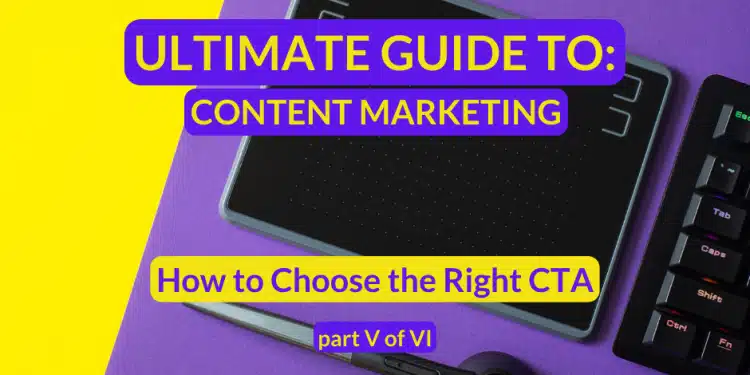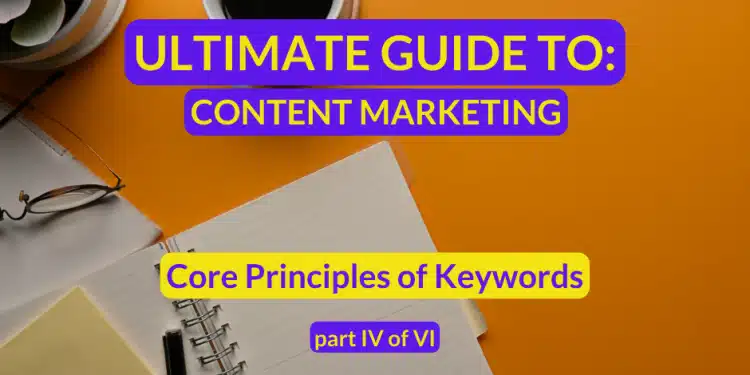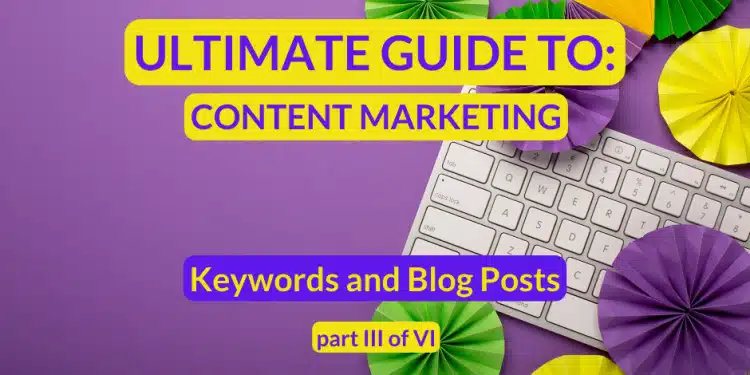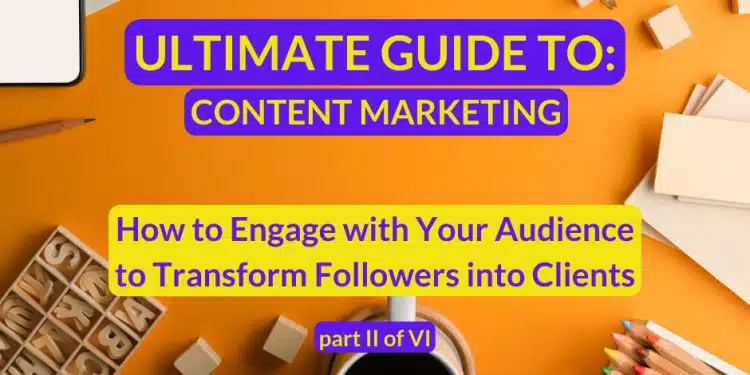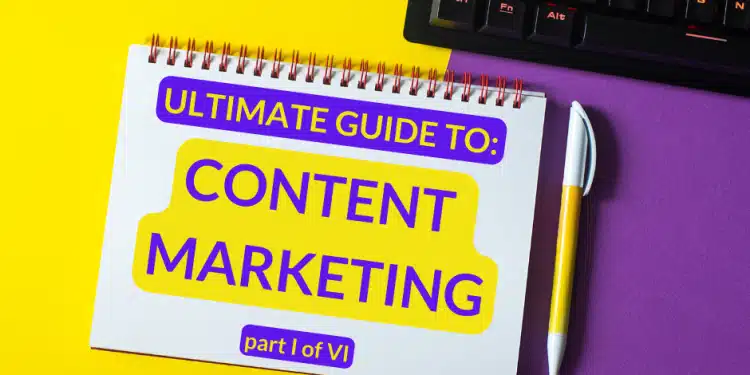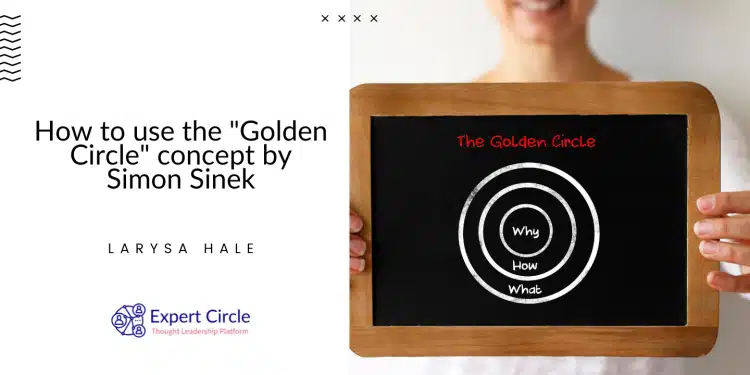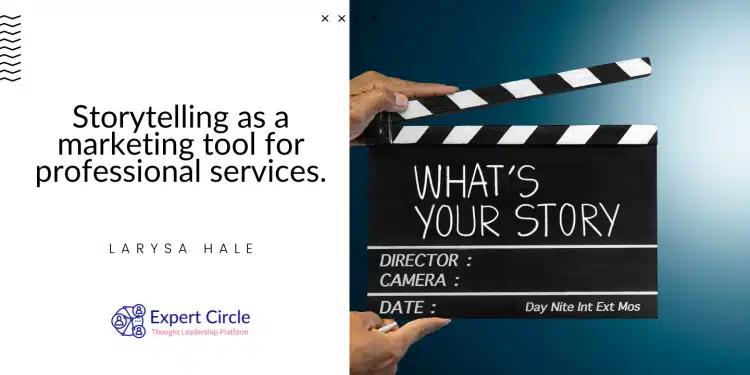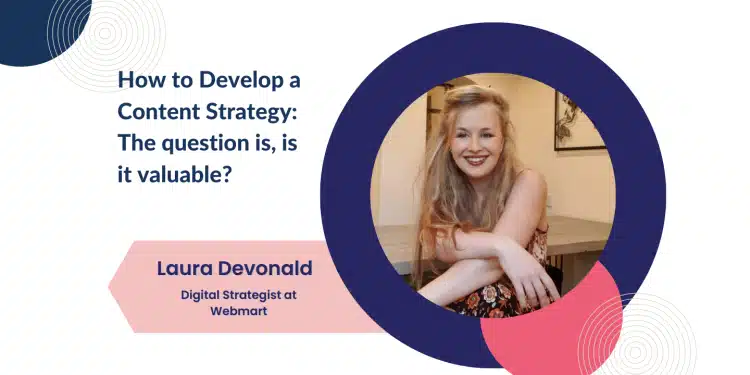We called experts from across the country to contribute to our panel question “How to develop a content strategy”. The answers we received were extremely valuable and insightful. We highly recommend content marketing agencies and those using content marketing platforms to read what our thought leaders have said on our professional guest blogging site.
Our team here at Expert Circle took the time to go over these answers and picked out the 3 which stood out:
1 . Ana Codallo
Ana highlights the shift from posting 500-word blogs to focusing on quality content. She shows how choosing an interesting and useful topic is crucial for success. She also illuminates unique ways of spreading ideas like the medium of podcasts.
2 . Mario Cacciottolo
Mario highlights the importance of developing confidence in SEO strategy and then learning how to leverage it effectively. He calls attention to building a strong SEO ranking which is key for making content discoverable and warns to stay away from “Black Hat” approaches.
3 . Simon Baker
Simon brought a dynamic and integral point into our discussion… culture! His article shows the importance of understanding the influence of wider culture and identifying the individuals who shape and challenge the status quo. These influencers create something new which eventually influences brands.
Overall, we at Expert Circle think that these 3 articles bring valuable perspectives on developing a content strategy. We highly recommend them as they are worth the read!:
Ana Codallo:
Community Manager
Gone are the days when you get suggestions of posting just a 500-word blog and expect your content to flourish. People are actually in search of quality content, instead of those bogus content posts you plan to put. Your topic holds the literal direction of success, whether your audience will find it interesting yet useful or not. Have a few searches and get through what your competitors are doing, so that you deploy many efforts just to outweigh them.
Besides, lurk around a few podcasts, it’s the new trend for grabbing content. Take unique ideas and spread them as much as you can. Well, talking about podcasts invest your precious time into owning them. In nutshell, you just need to have a great topic, and further use keywords and SEO optimization to increase traffic.
For instance, instead of going in for short ones, you can definitely plan on having those long topic guides. Pick a niche you’re an expert in, and start jotting your words of wisdom in a guide form. A complete information centre often attracts people, since they won’t really have to navigate toward different links thereon.
Besides, by doing so you can also score essential backlinks to have your content seen! The frequency of posting must be consistent, however, posting for just the sake of doing it doesn’t really fulfil your goals. Thereby, weight quality above quantity, and that’s the ultimate key!
Mario Cacciottolo:
PR & Branding Manager at SBO
Don’t be daunted by SEO. When you’re starting out, it can seem like a complex and overwhelming world. Backlinks, rankings, keywords, metrics, the terminology is extensive, and the concept can be confusing. However, if you really want to grow your business, you need to get confident with your SEO strategy and learn to use it to your advantage.
Building a good SEO ranking will ensure that your content is easily discoverable by users. It can be tempting to accelerate the process, a so-called ‘Black Hat’ approach, which involves duplicating content, linking to non-relevant sites, and using invisible text and stuffed keywords. While this may provide short-term success, it’s not recommended, and in fact, will result in penalties.
Instead, focus on creating quality content, which is well-researched, relevant, and relatable to your target audience. That way, when they do access your site, they will be more likely to engage, appreciate, and enjoy their experience, and conversion rates will increase. Successfully incorporating SEO into your marketing strategy will inform, improve, and enhance the buyer’s journey, and give you the edge over competitors.
Simon Baker:
Managing Director
To understand how to build a content strategy it’s important to look at the influence of wider culture and how your brand fits in. But rather than ask ‘what’ changes culture, it can be more effective to look at ‘who’.
The change-makers, taste-makers, mavericks and renegades who challenge the status quo, that’s who.
Every culture-shaping product follows a set of characters who, in their interactions with wider communities, have captured some kind of zeitgeist and created something new: a new way of speaking, of behaving, of expressing themselves. Brands then follow: think of Nike Air Force One, the iPhone and TESLA; they all followed actual people who captured a zeitgeist and leveraged technology as catalysts for cultural change.
In other words, people – and the norms and customs and ideas they develop — exist when there is no actual product involved. People and their ideas come first. Always.
Often when someone is disruptive, people turn to look, and this attention can create a small movement of people, ideas or ideals; a small wave. Just as a maverick disrupts and gains attention, so too do emerging subcultures. Initially led by a small group of individuals, subcultures are interesting, different and refreshing. In their originality, they are inherently creative, bold and risk-taking
Depending on the impact, benefit and timing of this new movement, wider culture may start to adopt some of its elements. This adds and shapes culture while adding fire to the sub-culture until it becomes absorbed and appropriated by the mainstream. We’ve seen this countless times as disruptive technology, sport or politics becomes the norm.
To me, this is emblematic of the transition of followers being ‘core’ to a movement moving to those who are following the ‘lifestyle’ of that movement. Core has credibility that can only be earned through exclusivity and via a highly influential group of people. As that area of culture is adopted by the mainstream, the core becomes a lifestyle.
In conclusion, the experts we consulted provided valuable insights into developing a content strategy. Ana Codallo emphasised the importance of focusing on quality content, choosing interesting topics, and leveraging mediums like podcasts. Mario Cacciottolo highlighted the significance of building a strong SEO ranking while avoiding unethical tactics. Simon Baker shed light on the role of wider culture and the individuals who shape it, emphasising the importance of originality and the influence of subcultures. Overall, these perspectives offer diverse and valuable perspectives for developing an effective content strategy.
If you are interested in reading more of our experts’ answers to “How to Develop a Content Strategy” follow the link here to access them!

 In conclusion, using Brevo is a great way to generate leads online and grow your business. Brevo is your ultimate email marketing solution. Its powerful features, user-friendliness, constant innovation, and support makes it a top choice. Get started with Brevo today, and watch your leads and conversions increase.
In conclusion, using Brevo is a great way to generate leads online and grow your business. Brevo is your ultimate email marketing solution. Its powerful features, user-friendliness, constant innovation, and support makes it a top choice. Get started with Brevo today, and watch your leads and conversions increase.